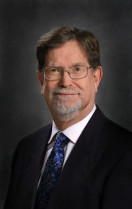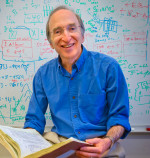50th Anniversary Seminar Series Kicks Off
Join us for a series of seminars celebrating NERSC's legacy and future in scientific supercomputing. » Read More
Boosting Carbon-Negative Building Materials
Locking greenhouse gases into building materials could store them safely for many years. Researchers using NERSC resources are advancing the science behind this idea. » Read More
NERSC Featured at APS
Watch a new video exploring NERSC's mission and impact. It was featured at the American Physical Society's annual meeting. » Read More
Getting a Peek Into Ice Giants
Scientists are using NERSC's Perlmutter supercomputer to study the interior chemistry of ice giant planets like our solar system's Neptune. » Read More
50 Years of NERSC Firsts
Get the highlights from our last half-century of scientific supercomputing. » Read More
National Energy Research Scientific Computing Center
Computing at NERSC
Now Playing
Some Scientific Computing Now in Progress at NERSC
Did You Know?
NERSC Resources Have Played a Part in Six Nobel Prize Winning Discoveries

George Smoot
Six Nobel Prize-winning researchers or teams have used NERSC resources in their work, including two Berkeley Lab astrophysicists who made breakthrough discoveries about the nature of the universe.
George Smoot, professor of physics at UC Berkeley and an astrophysicist at Berkeley Lab, won the 2006 Nobel Prize for physics for his cosmic microwave background radiation data analysis. Smoot used NERSC supercomputers to confirm predictions of the Big Bang theory.

Saul Perlmutter
Saul Perlmutter, a professor of physics at UC Berkeley and a faculty senior scientist at Berkeley Lab, was awarded the 2011 Nobel Prize in Physics for his 1998 discovery that the universe is expanding at an accelerating rate. He confirmed his observations by running thousands of simulations at NERSC, and his research team is believed to have been the first to use supercomputers to analyze and validate observational data in cosmology. Our flagship high performance computing system is named Perlmutter in his honor.
NERSC@50

NERSC@50 Seminar Series Kicks off April 15 April 8, 2024

50 Years of NERSC Firsts January 25, 2024











